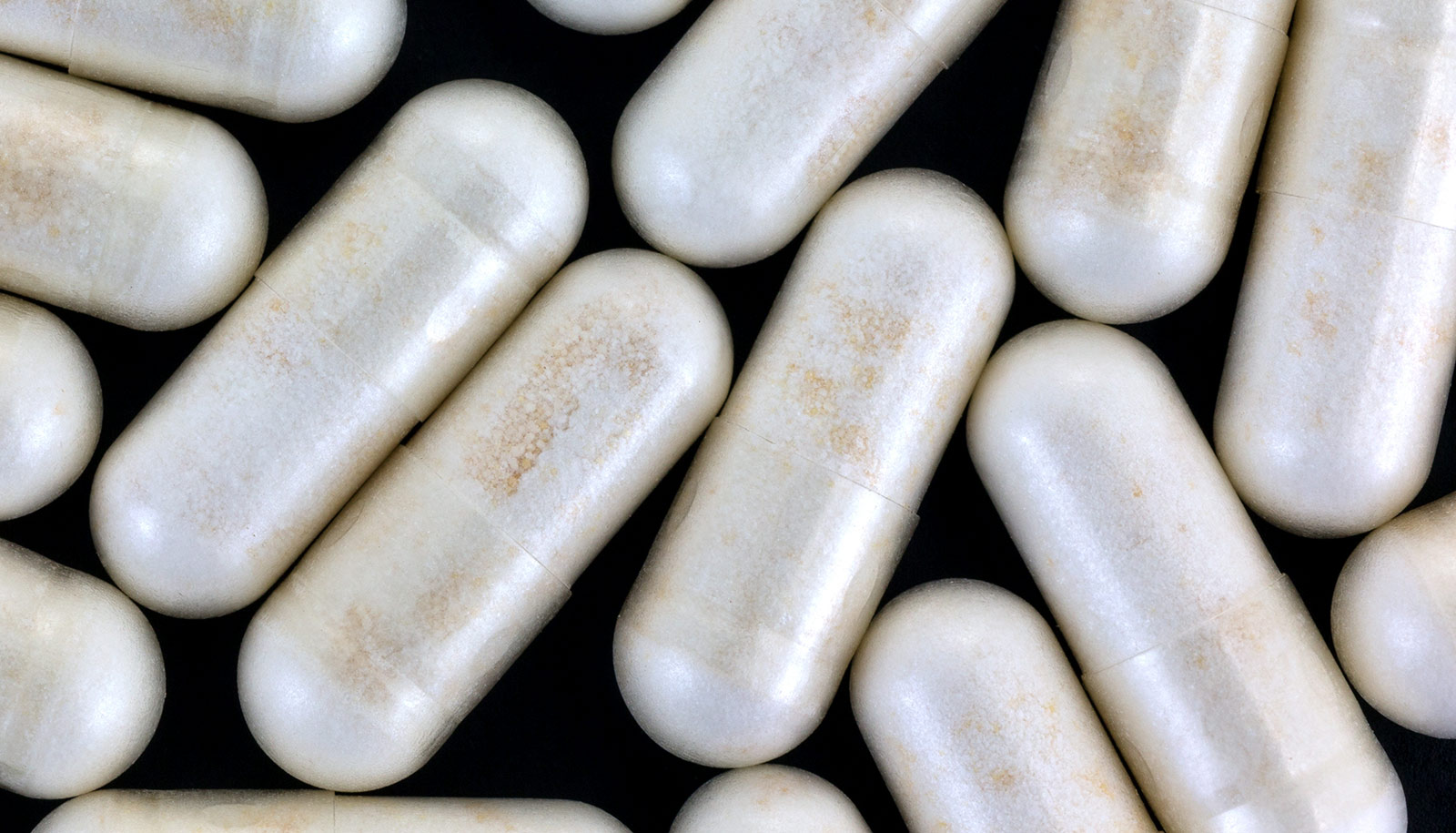New research focused on imaging technology in an animal model has found that the dietary supplement nicotinamide riboside has the potential to increase the prevalence of a particular form of cancer and its metastasis to the brain.
Nicotinamide riboside (NR) is a form of vitamin B3. Previous research has linked dietary supplements like NR to benefits related to cardiovascular, metabolic, and neurological health.
In the new study, researchers developed a novel imaging probe based on ultrasensitive bioluminescent imaging to better understand NR uptake. They applied this probe to identify particular cancers that possess high uptake of NR, such as triple-negative breast cancer (TBNC).
Results from the study also suggest that NR supplementation could enhance cancer prevalence and spread to the brain.
These findings have not been studied in humans, says corresponding author Elena Goun, an associate professor of chemistry at the University of Missouri who led the researchers. Goun explains that similar to the majority of other studies on beneficial effects of NR supplementation, this study was performed in small animal models. The findings were in agreement with previous work published by several other independent research groups.
“Some people take them [vitamins and supplements] because they automatically assume that vitamins and supplements only have positive health benefits, but very little is known about how they actually work,” Goun says. “Because of this lack of knowledge, we were inspired to study the basic questions surrounding how vitamins and supplements work in the body.”
Following the death of her 59-year-old father only three months after being diagnosed with colon cancer, Goun was moved by her father’s passing to pursue a better scientific understanding of cancer metabolism, or the energy through which cancer spreads in the body.
Since NR is a known supplement for helping increase levels of cellular energy, and cancer cells feed off of that energy with their increased metabolism, Goun wanted to investigate NR’s role in cancer biology.
“Previous work published by other research groups have cautioned that the benefits of NR supplements should be weighed against potential negative side effects. Our work is especially important given the wide commercial availability and a large number of ongoing human clinical trials where NR is used to mitigate the side effects of cancer therapy in patients,” Goun says.
The researchers used this technology to compare and examine how much NR levels were present in cancer cells, T cells, and healthy tissues.
“While NR is already being widely used in people and is being investigated in so many ongoing clinical trials for additional applications, much of how NR works is a black box—it’s not understood,” Goun says.
“So that inspired us to come up with this novel imaging technique based on ultrasensitive bioluminescent imaging that allows quantification of NR levels in real time in a non-invasive manner. The presence of NR is shown with light, and the brighter the light is, the more NR is present.”
Goun says the findings of the study emphasize the importance of having careful investigations of potential side effects for supplements like NR prior to their use in people who may have different types of health conditions.
In the future, Goun would like to provide information that could potentially lead to the development of certain inhibitors to help make cancer therapies like chemotherapy more effective in treating cancer. The key to this approach, Goun says, is to look at it from a personalized medicine standpoint.
“Not all cancers are the same in every person, especially from the standpoint of metabolic signatures,” Goun says. “Often times cancers can even change their metabolism before or after chemotherapy.”
The research appears in Biosensors and Bioelectronics. Additional authors are from the University of Missouri; the Swiss Federal Institute of Technology; The Ludwig Institute for Cancer Research in Switzerland; and the Nestlé Institute of Health Sciences in Switzerland.
Funding came from grants from the European Research Council and Swiss National Foundation, as well as support from NCCR Chemical Biology.
Source: University of Missouri



